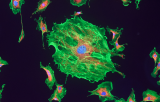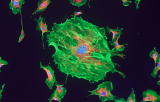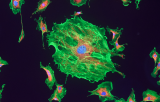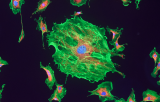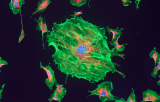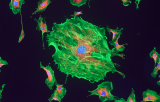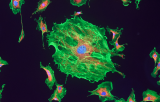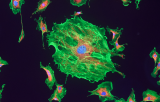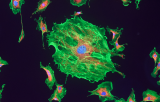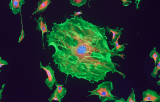
In situ hybridization probes - Brain and neural pathology
There are 3 main types of brain and neural tumors.
A glioma is a type of tumor that starts in the brain or spine. It is called a glioma because it arises from glial cells. The most common site of gliomas is the brain. Gliomas make up about 30% of all brain and central nervous system tumors and 80% of all malignant brain tumors.
Neuroblastoma (NB) is the most common extracranial solid cancer in childhood and the most common cancer in infancy, with an incidence of about 650 cases per year in the U.S., and 100 cases per year in the UK. Nearly half of neuroblastoma cases occur in children younger than two years. It is a neuroendocrine tumor, arising from any neural crest element of the sympathetic nervous system (SNS). It most frequently originates in one of the adrenal glands, but can also develop in nerve tissues in the neck, chest, abdomen, or pelvis.
Glioblastoma multiforme (GBM), also known as glioblastoma and grade IV astrocytoma, is the most common and most aggressive cancer that begins within the brain. Signs and symptoms are initially non specific. They may include headaches, personality changes, nausea, and symptoms similar to that of a stroke. Worsening of symptoms is often rapid. This can progress to unconsciousness.


